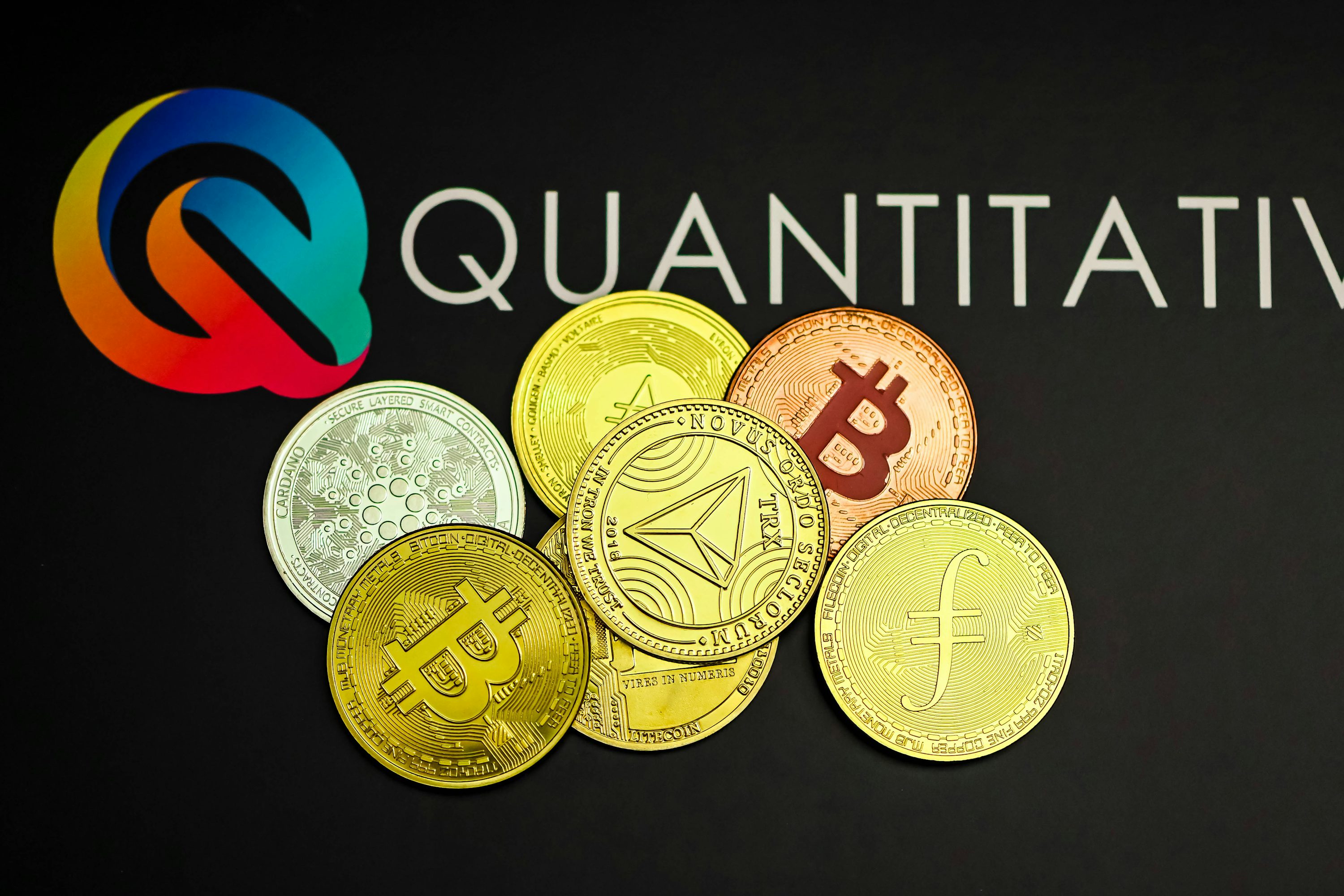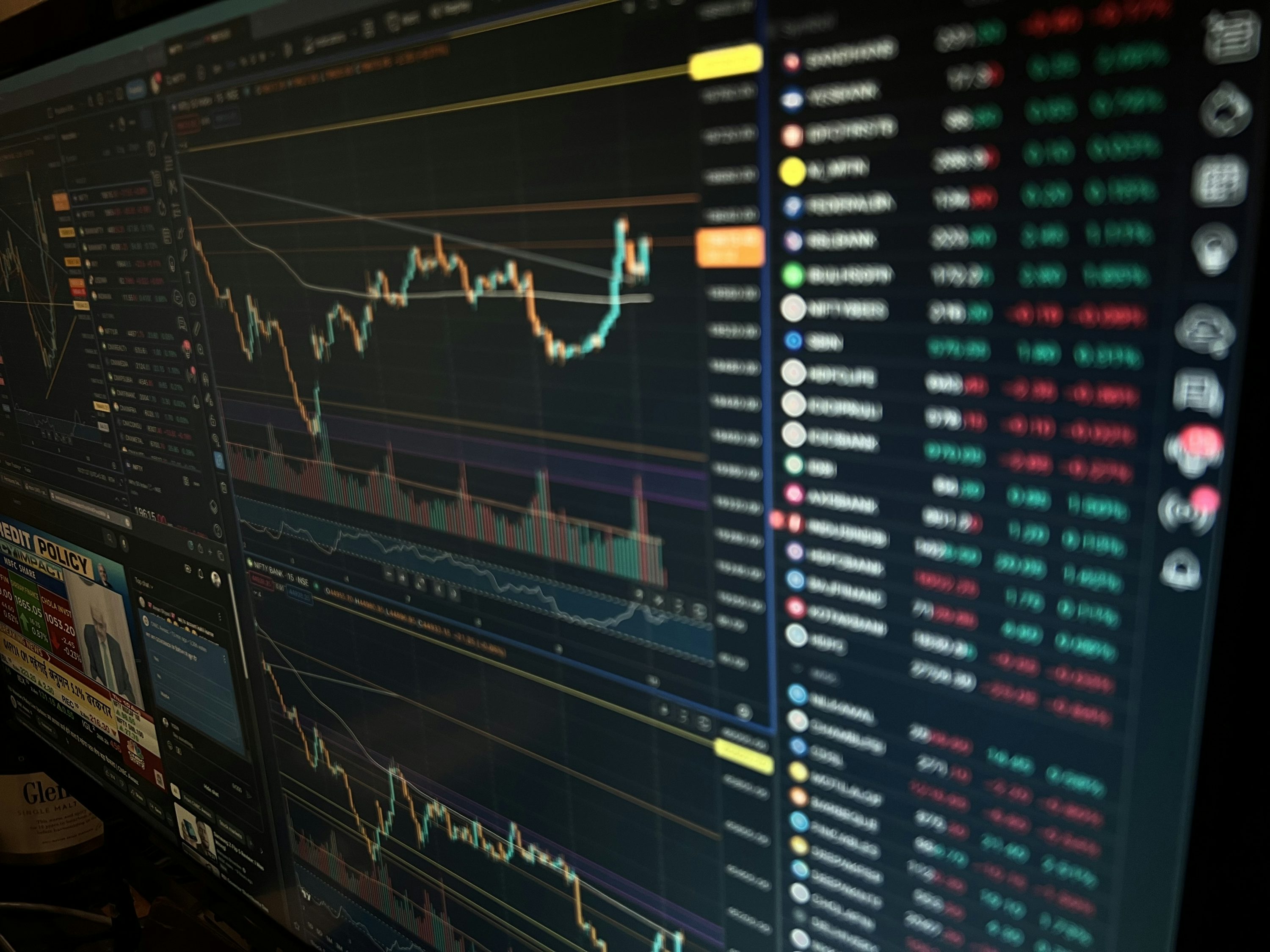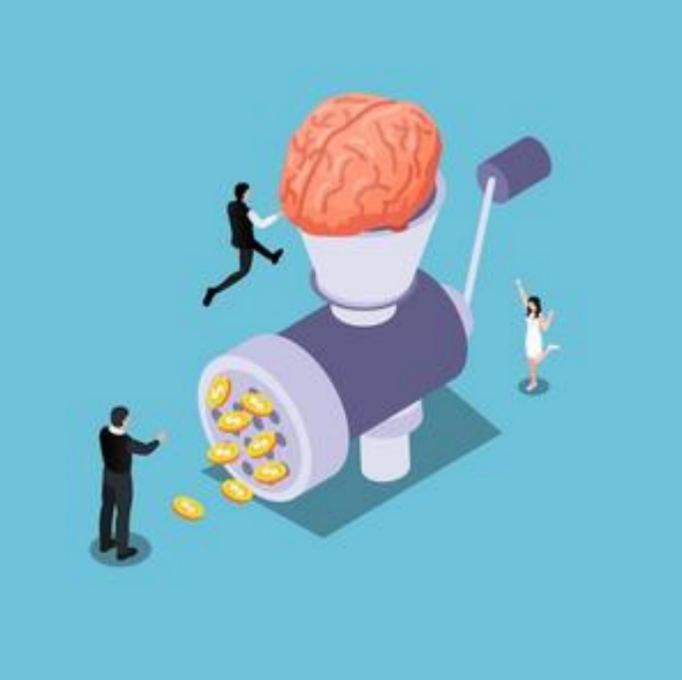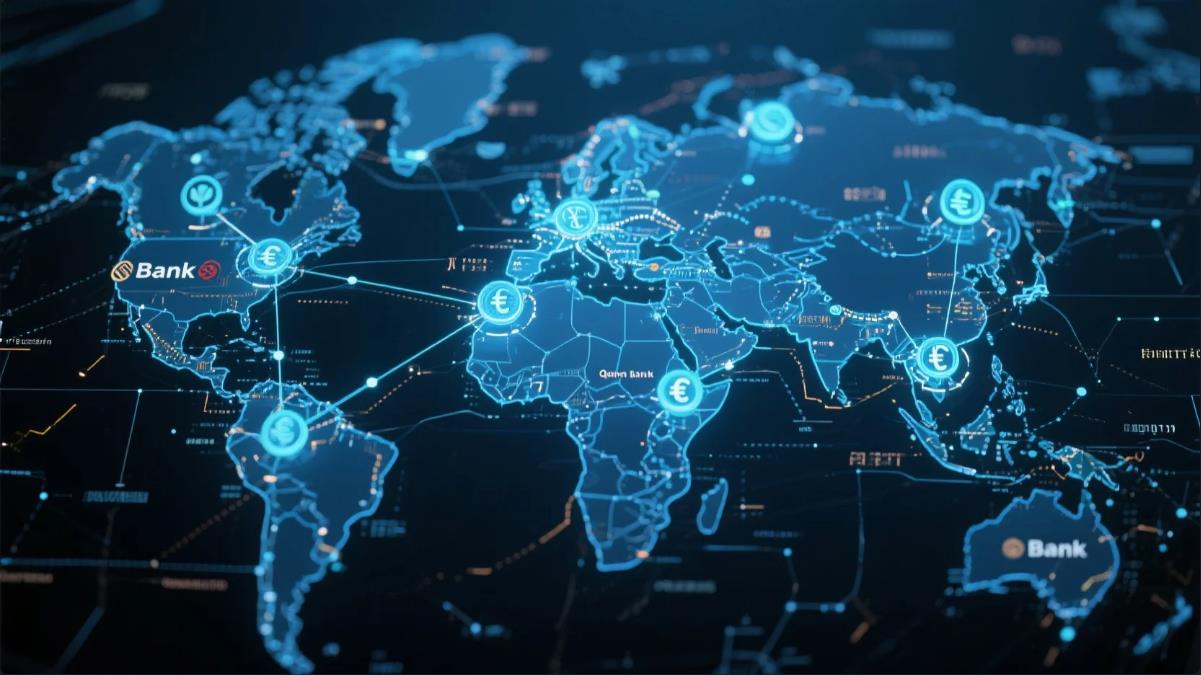In the vast world of financial markets, quantitative trading is like a mysterious and sharp sword, quietly changing the running track of the capital world. Quantitative trading is the product of the deep integration of financial mathematics and computer technology. By establishing a complex mathematical model, it uses historical data, statistical analysis and probability theory to find the laws and opportunities in the market. These models quantify many influencing factors into cold numbers and parameters, and then use algorithms to perform high-speed operations, thus providing a basis for trading decisions. From stocks and bonds to futures and foreign exchange, it covers almost all financial fields and becomes the "darling" in the eyes of many investors.

In the traditional financial market, trading often depends on the intuition, experience and subjective judgment of traders. The emergence of quantitative trading is like installing a high-precision precision instrument for the financial market. It does not have any emotional color, and strictly follows the established procedures and models to execute trading instructions. When the market fluctuates greatly due to news release and unexpected events, the quantitative trading system remains as calm as ever, analyzing massive data at an extremely fast speed, digging out potential trading signals, placing orders quickly, and accurately capturing the opportunities brought by every tiny price fluctuation.
However, quantitative trading is not perfect. It is highly dependent on data, and the accuracy and integrity of data are directly related to the effectiveness of the model. If the input data is biased or noisy, even if the model is exquisite, it may lead to wrong trading decisions. Moreover, the complexity and uncertainty of the market are beyond the full forecast range of any model. New financial products, changes in regulatory policies, and sudden macroeconomic changes may invalidate the original quantitative model. For example, during the global financial crisis in 2008, many quantitative trading models suffered heavy losses because they could not adapt to the extreme market environment.

Nevertheless, quantitative trading is still developing and evolving. With the rise of artificial intelligence technology, machine learning, deep learning and other methods have been introduced into the field of quantitative trading, so that the model can constantly optimize and learn itself and better adapt to market changes. This not only improves the accuracy and efficiency of trading, but also expands the application boundary of quantitative trading. It makes the financial market more efficient and transparent, and makes the capital flow more accurately match its due value depression.
In the short term, quantitative trading is a fierce competition about speed, algorithm and data; In the long run, it will lead the financial market to a smarter and more sophisticated future. Like a "precision instrument" in the financial world, it is constantly debugging and running in the torrent of capital. Although it has defects, it is still contributing to the innovation and progress of the market, waiting for every participant to explore, control and find their own wealth opportunities.

Quantitative trading and financial market are interdependent and mutually promoting, and are constantly reshaping the territory of wealth, injecting a steady stream of vitality and innovation into the financial field, and its far-reaching influence will continue to be displayed on the stage of the capital world.







